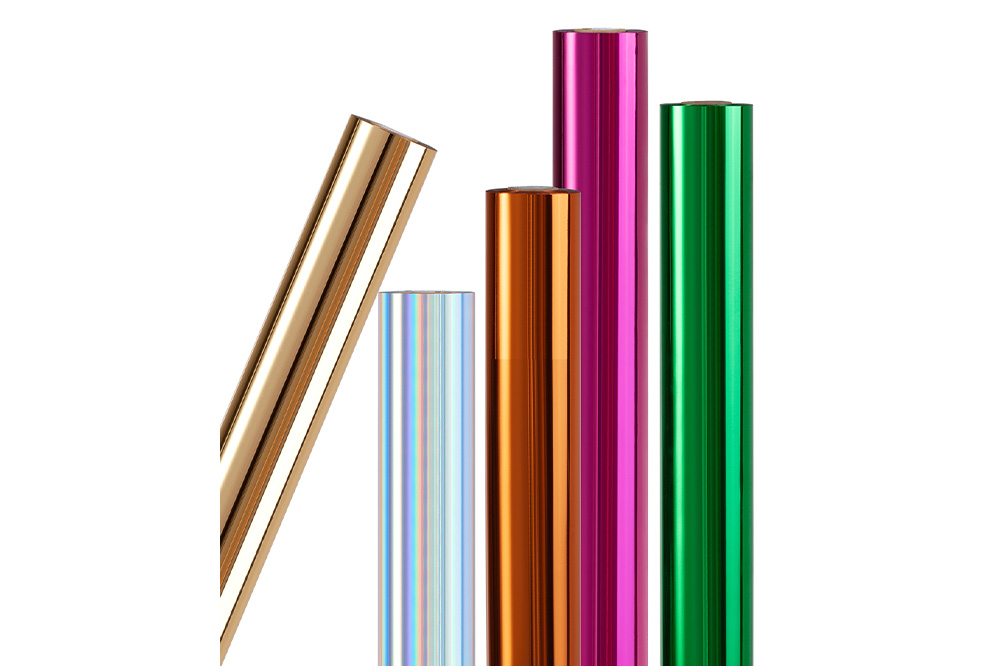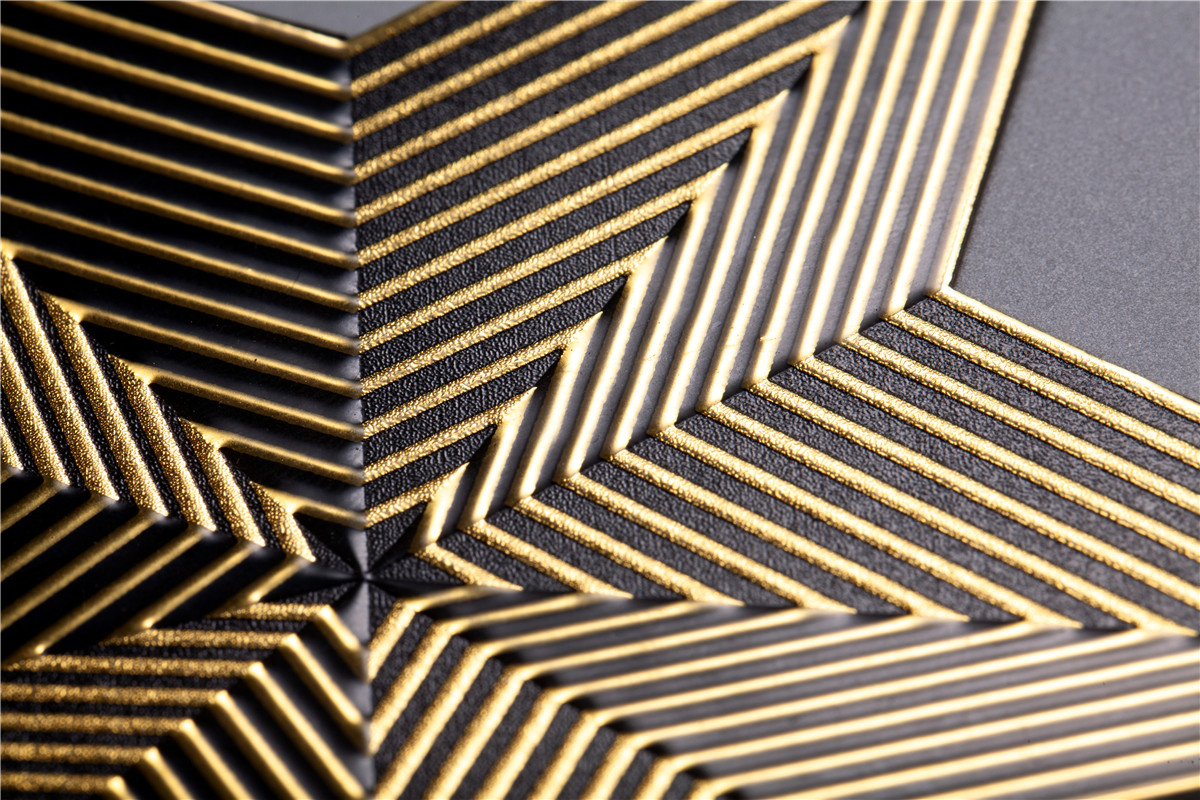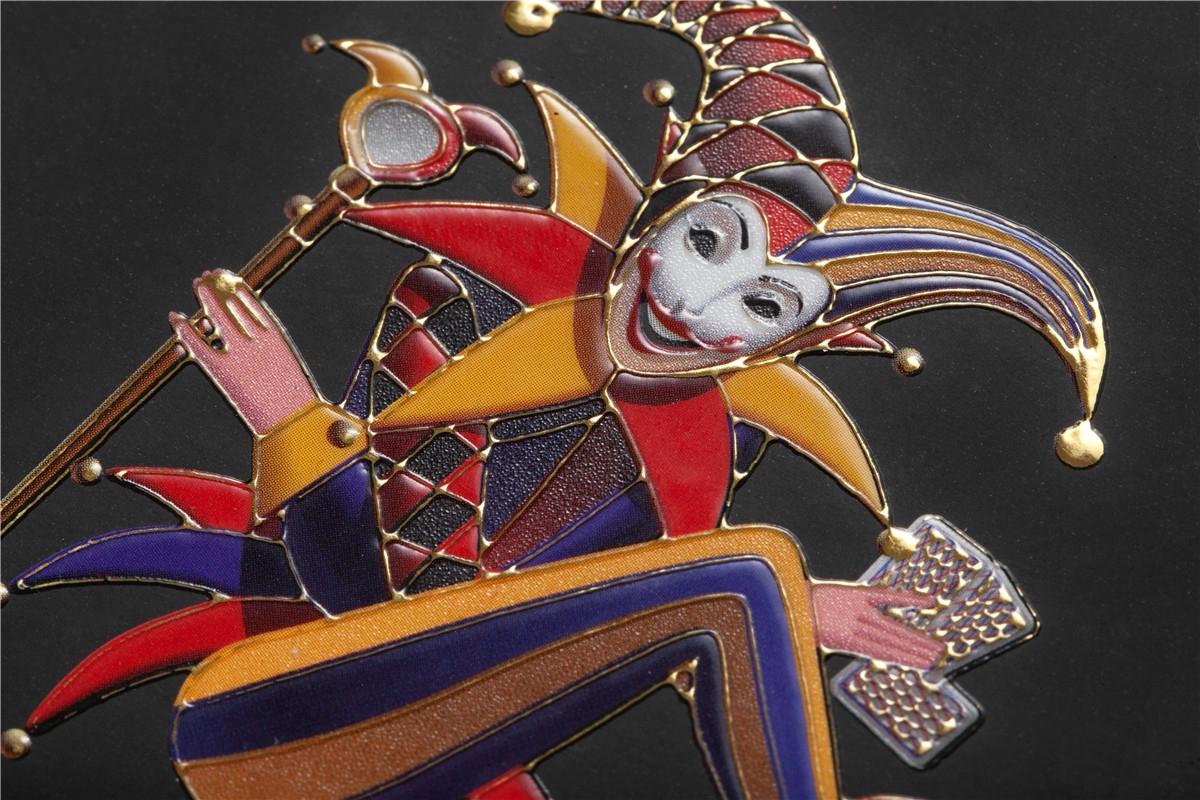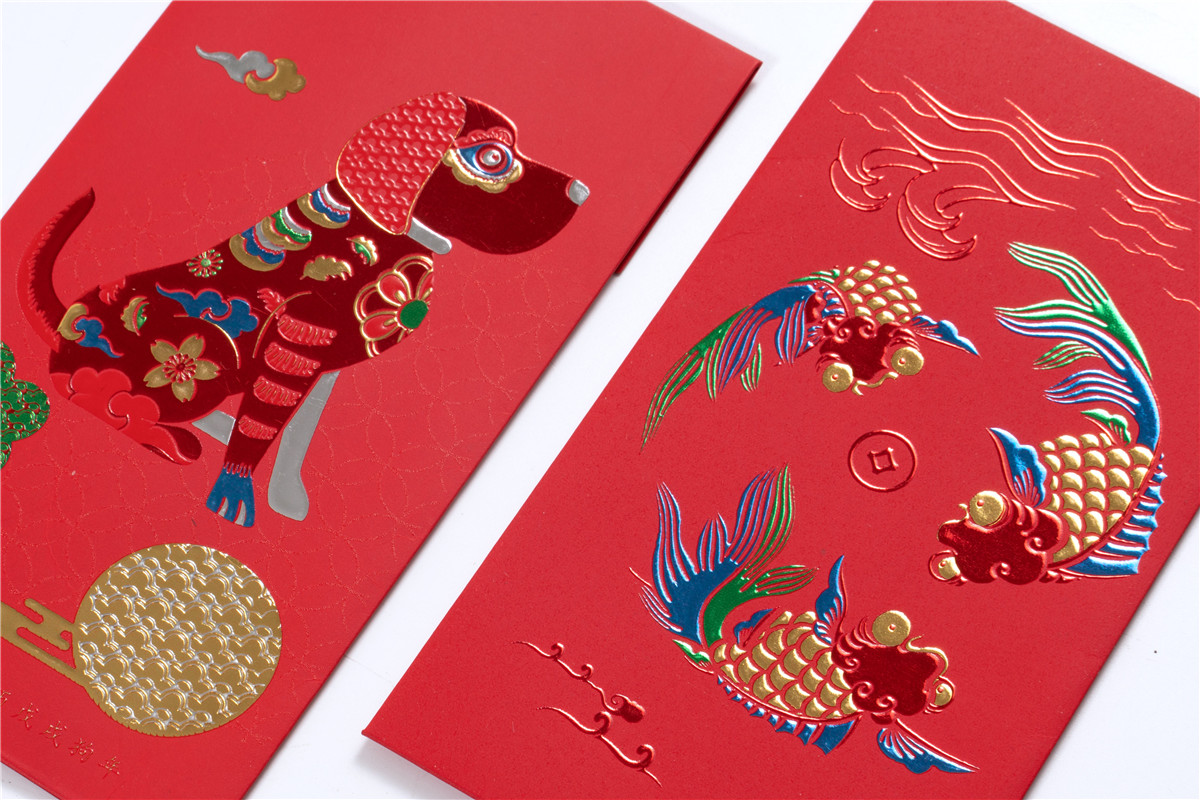Digital Enhancement Foil Adhesion on Different Substrates
When it comes to modern packaging, book covers, greeting cards, or even premium advertisement materials, one detail that always stands out is foil stamping. The shiny metallic surface gives a product or printed material a luxurious look and a tactile finish that grabs attention instantly. In the digital printing industry, one of the most important factors that decides whether a project looks professional or ends up as a failed attempt is the adhesion of digital enhancement foil on different substrates.
Here we talk about how digital enhancement foils behave on a variety of materials, why adhesion matters, and how products like Dragon Foils DT Series Digital Enhancement Foil help printers achieve consistent, high-quality results across applications.
Understanding Digital Enhancement Foils
Digital enhancement foils are special films designed to transfer metallic, holographic, or colored layers onto printed materials through a combination of heat, pressure, and adhesive varnishes. Unlike traditional hot stamping foils that require metal dies, digital foiling relies on digital printing machines like SCODIX or MGI, which allow short runs, customization, and cost-effective enhancement.
These foils aren't just about appearance. They also serve as a branding tool, enhancing perceived value and durability of packaging and printed pieces. Adhesion to the substrate is critical because weak bonding can cause peeling, scratching, or a dull look. Strong adhesion ensures the foil remains intact, even when handled frequently, such as in book covers, cosmetic packaging, or wine boxes.
Applications of Digital Enhancement Foils
Digital foiling is not limited to luxury packaging. Thanks to flexible machines like SCODIX and MGI, foils can be used in a wide range of applications:
Advertisement materials – flyers, posters, and promotional cards that stand out.
Book covers – durable foiling that enhances design and adds value.
Greeting cards – personalized foil stamping in gold, silver, or other shades.
Cosmetic boxes – premium finishes that elevate brand perception.
Wine and candy boxes – strong metallic finishes that survive handling and shipping.
General digital printing industry – custom packaging, branding, and prototyping.
Why Adhesion is So Important?
Foil adhesion determines how well the decorative layer sticks to the substrate. Poor adhesion can lead to:
Peeling – where foil flakes off during handling or shipping.
Patchy finishes – uneven transfer where some areas shine while others look dull.
Poor durability – scratches and rub marks appear after minimal use.
On the other hand, good adhesion means:
Long-lasting shine – foil maintains metallic gloss and rich colors.
Professional look – smooth finish without gaps.
Compatibility – consistent results across various substrates and varnishes.
Dragon Foils digital enhancement foils, for example, are known for their good adhesion to various substrates, a property that makes them reliable for different applications.
Key Factors Affecting Adhesion
Several factors influence how well digital enhancement foils stick to a surface:
Substrate Type: Coated papers, uncoated boards, plastics, and laminates all behave differently. Smooth-coated boards usually allow better adhesion compared to rough, porous materials.
Surface Energy: Some substrates naturally repel coatings or adhesives. Foil adhesion improves when surface tension is balanced with the varnish applied.
Varnish Compatibility: Adhesion relies heavily on the varnish layer. Using varnishes recommended by digital machine manufacturers ensures better foil transfer.
Machine Settings: Temperature, pressure, and speed all influence adhesion. Machines like SCODIX and MGI allow precise adjustments to achieve consistent quality.
Foil Quality: Not all foils are made equal. High-quality foils such as the DT series digital enhancement foil from Dragon Foils are engineered for good transferring performance, fine detail reproduction, and strong bonding.
Adhesion Performance on Different Substrates
Let's take a closer look at how digital enhancement foil behaves on commonly used substrates:
1. Coated Paper and Board: Coated boards are one of the most popular choices for packaging, like cosmetic boxes, candy boxes, and wine boxes. Foil adhesion is usually excellent on these surfaces because the coating provides a smooth layer for varnish and foil transfer. Dragon Foils perform particularly well here, producing a strong 3D effect and high metallic gloss.
2. Uncoated Paper: Uncoated paper is more porous and absorbs varnish differently. This can sometimes reduce foil adhesion, especially with fine details.
3. Laminated Surfaces: Laminated substrates, such as those used in high-end packaging or book covers, can sometimes be challenging due to their lower surface energy. Dragon Foils' good release property and anti-scratch resistance help overcome this, ensuring smooth and durable adhesion.
4. Plastics: Plastic-based substrates are more difficult for foiling because they don't absorb varnish. Achieving strong adhesion requires both the right varnish formulation and premium foils.
5. Textured Surfaces: Some designers love using textured boards for greeting cards or premium packaging. Here, adhesion depends on how well the varnish fills in the textured surface. Dragon Foils' good transferring performance makes them capable of handling such challenging surfaces, though testing is always recommended before mass production.
Practical Tips for Better Adhesion
● Always test foils on the exact substrate before mass production.
● Use recommended varnishes for digital printing machines.
● Adjust varnish thickness depending on the desired stamping effect.
● Keep substrates clean and free from dust or oils before foiling.
● Store foils properly to avoid humidity damage or curl.
Why Choose Dragon Foils?
There are many foil manufacturers in the market, but Dragon Foils stand out because of their:
✅ Strong adhesion to various substrates
✅ Excellent 3D effect after stamping
✅ Good transferring performance for fine details and large areas
✅ Durability with anti-scratch and rub resistance
✅ High-speed stamping compatibility
✅ Wide shade availability(Silver/matte silver, gold/matte gold, and other colours are available.)
These features make Dragon Foils a reliable choice for businesses looking to enhance their digital printing output with consistent, high-quality results.
Conclusion
Digital enhancement foils have transformed the printing and packaging world by making it possible to add luxury finishes without the costs of traditional hot stamping.
By choosing premium foils like the Dragon Foils DT series digital enhancement foil, printers can ensure strong adhesion, rich colors, and long-lasting performance across coated boards, uncoated papers, laminates, plastics, and textured surfaces.
Whether for advertisement materials, book covers, greeting cards, cosmetic packaging, or wine boxes, Dragon Foils delivers professional results that brands and customers notice. Browse Dragon Foils DT Series Digital Enhancement Foil for more.





